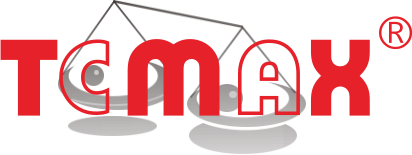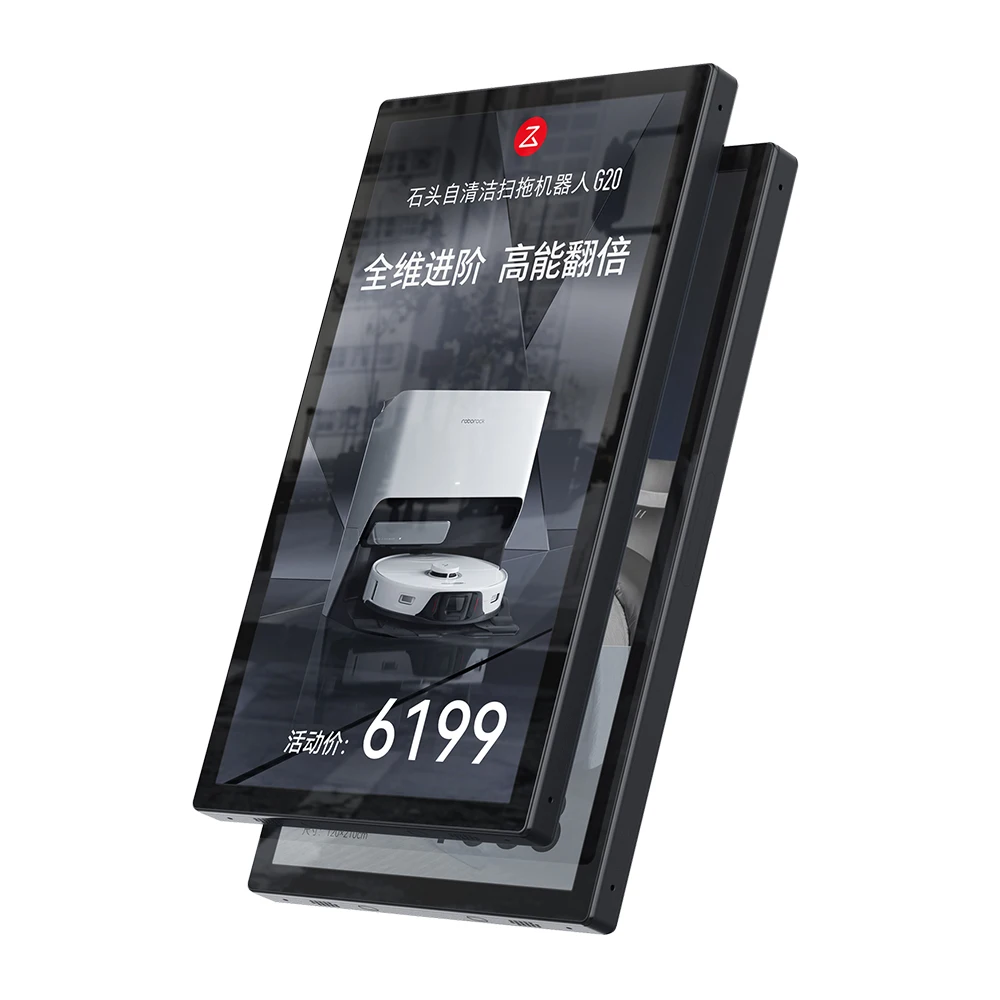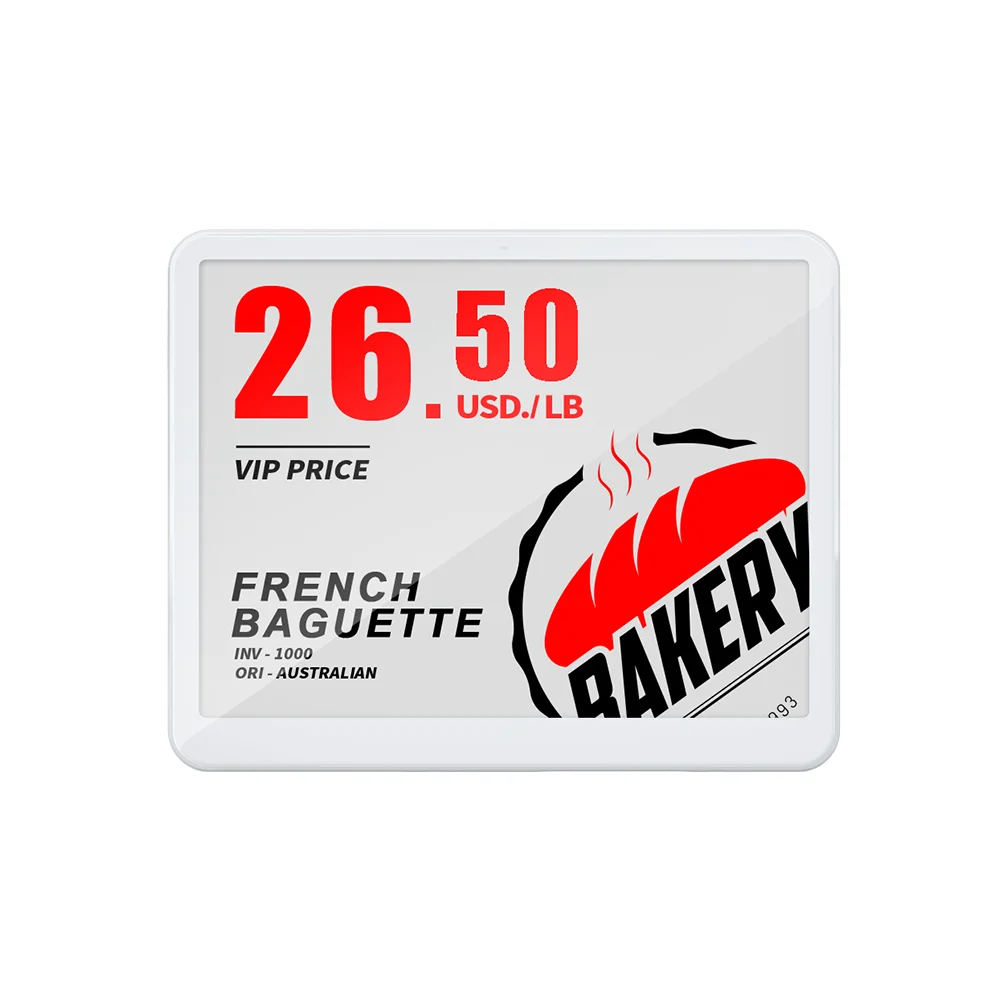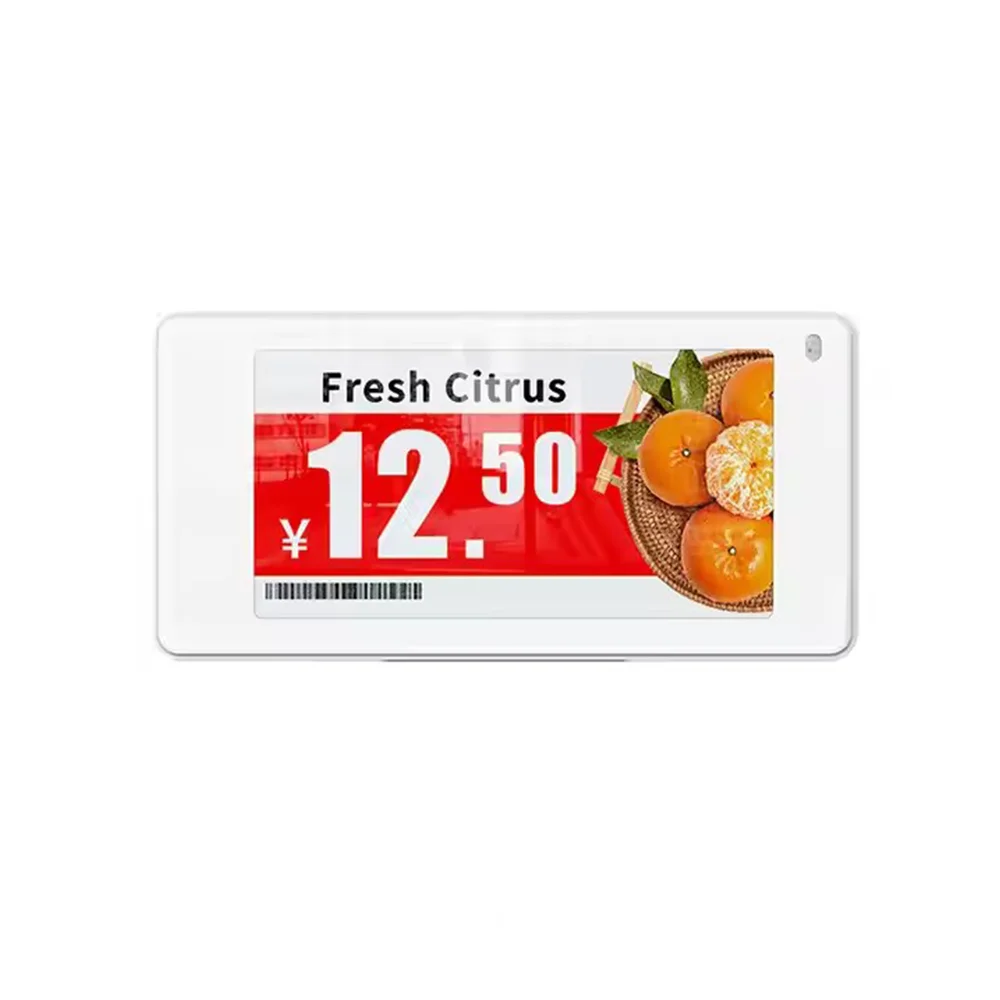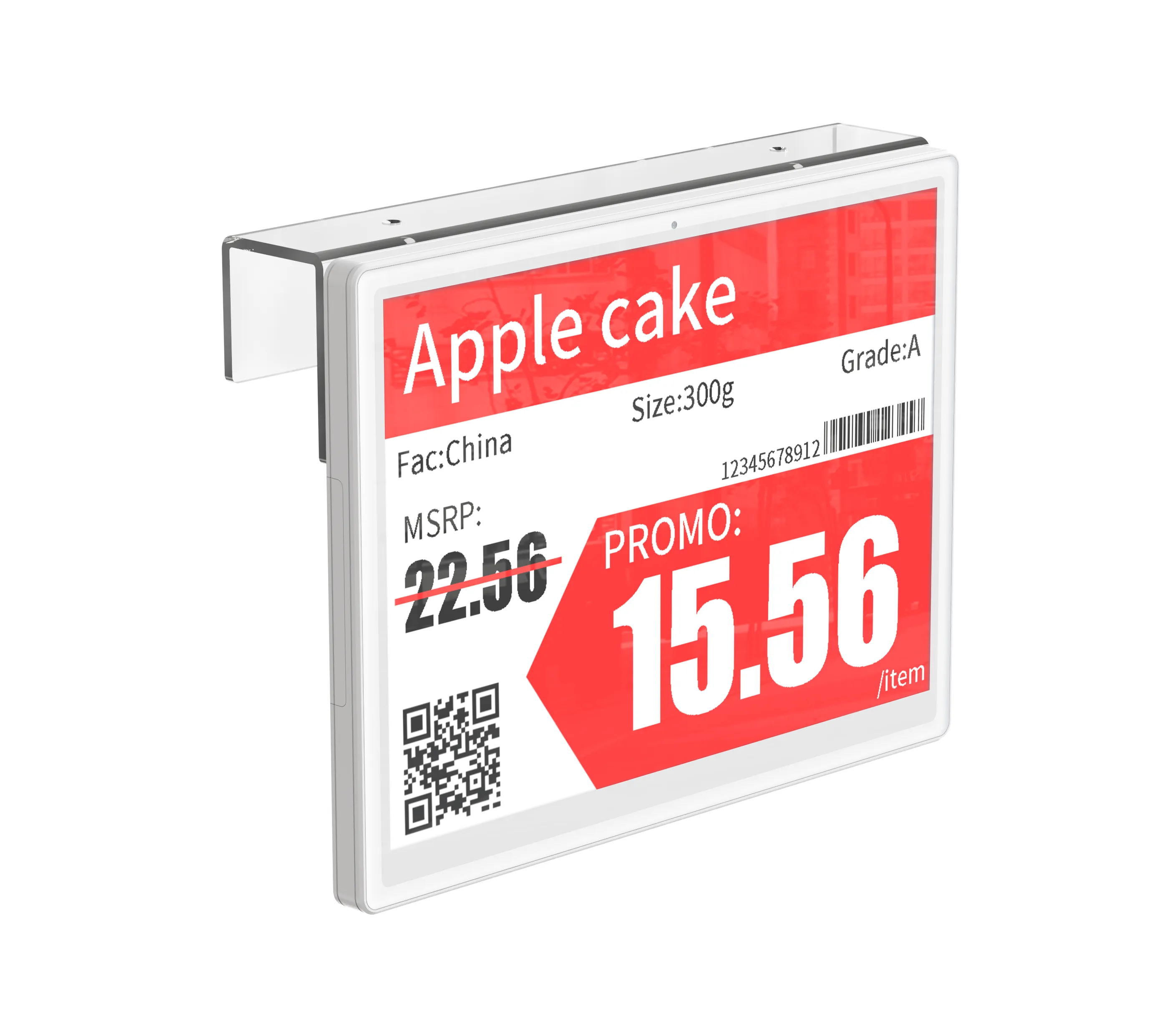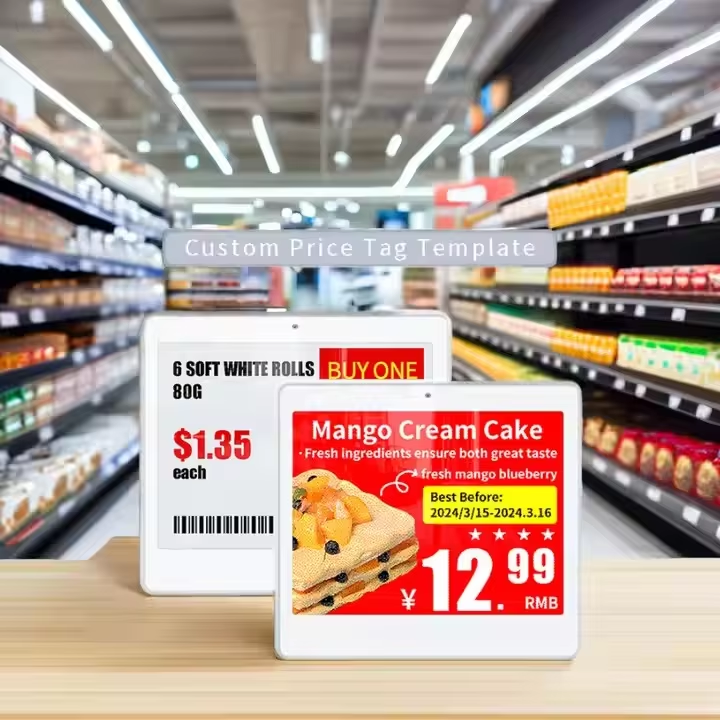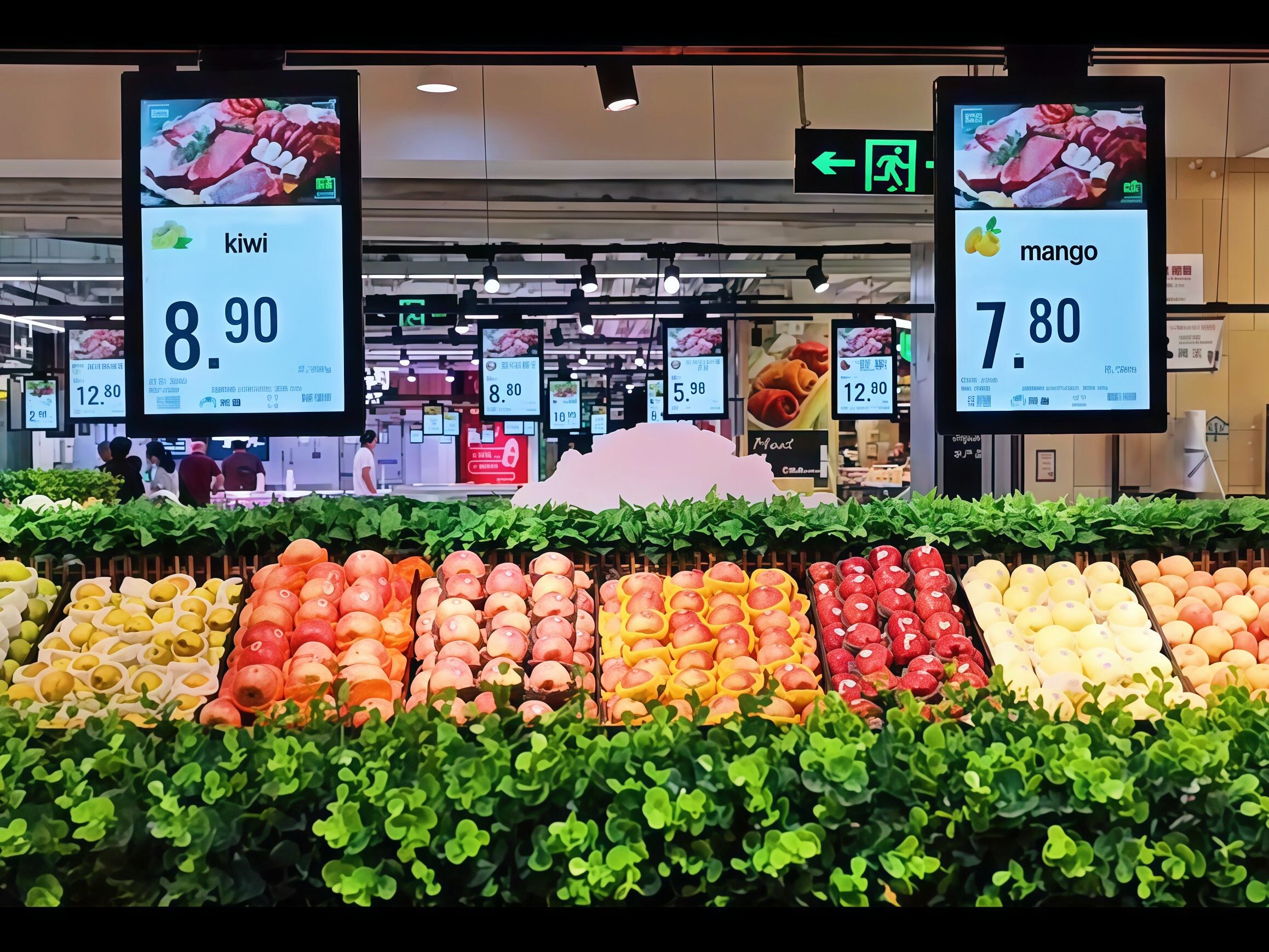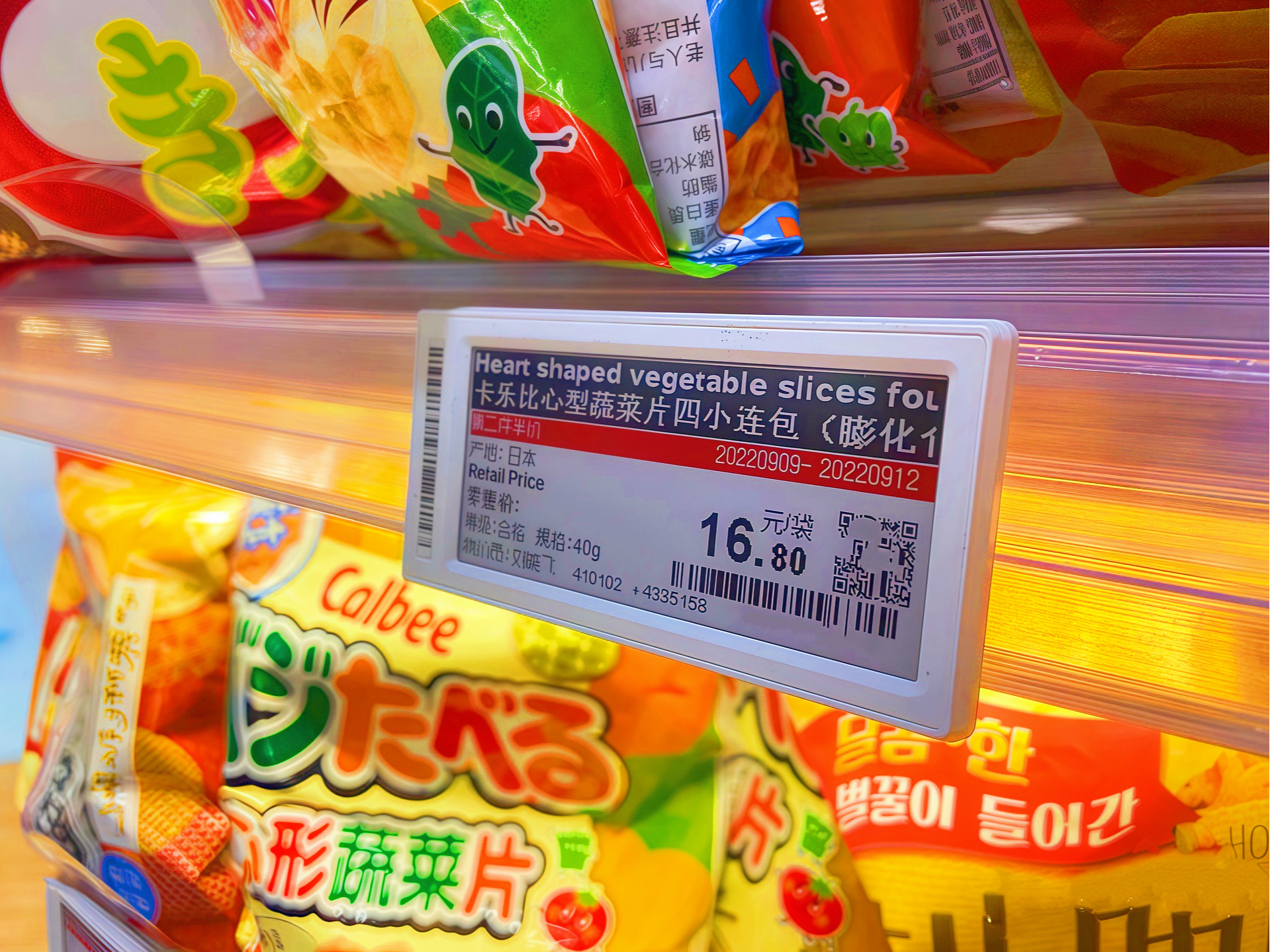smart labels for inventory
Smart labels for inventory represent a revolutionary advancement in warehouse and supply chain management, combining cutting-edge technology with practical functionality. These innovative labels incorporate RFID (Radio Frequency Identification) or NFC (Near Field Communication) technology, enabling real-time tracking and monitoring of inventory items. The labels feature embedded microchips that store and transmit crucial information about products, including location, stock levels, expiration dates, and handling requirements. They can be seamlessly integrated with existing inventory management systems, providing automated data collection and reducing manual tracking errors. The smart labels utilize advanced adhesive technology ensuring durability and reliable attachment to various surfaces and materials. They operate on both active and passive systems, with some variants featuring battery-powered sensors for enhanced functionality such as temperature monitoring and humidity detection. These labels can be read simultaneously in bulk, significantly speeding up inventory counts and reducing labor costs. The technology supports multiple data encryption levels, ensuring secure information transfer and storage. Additionally, smart labels can be customized with visual elements like barcodes and QR codes, offering flexibility in scanning methods and backup systems for data retrieval.
